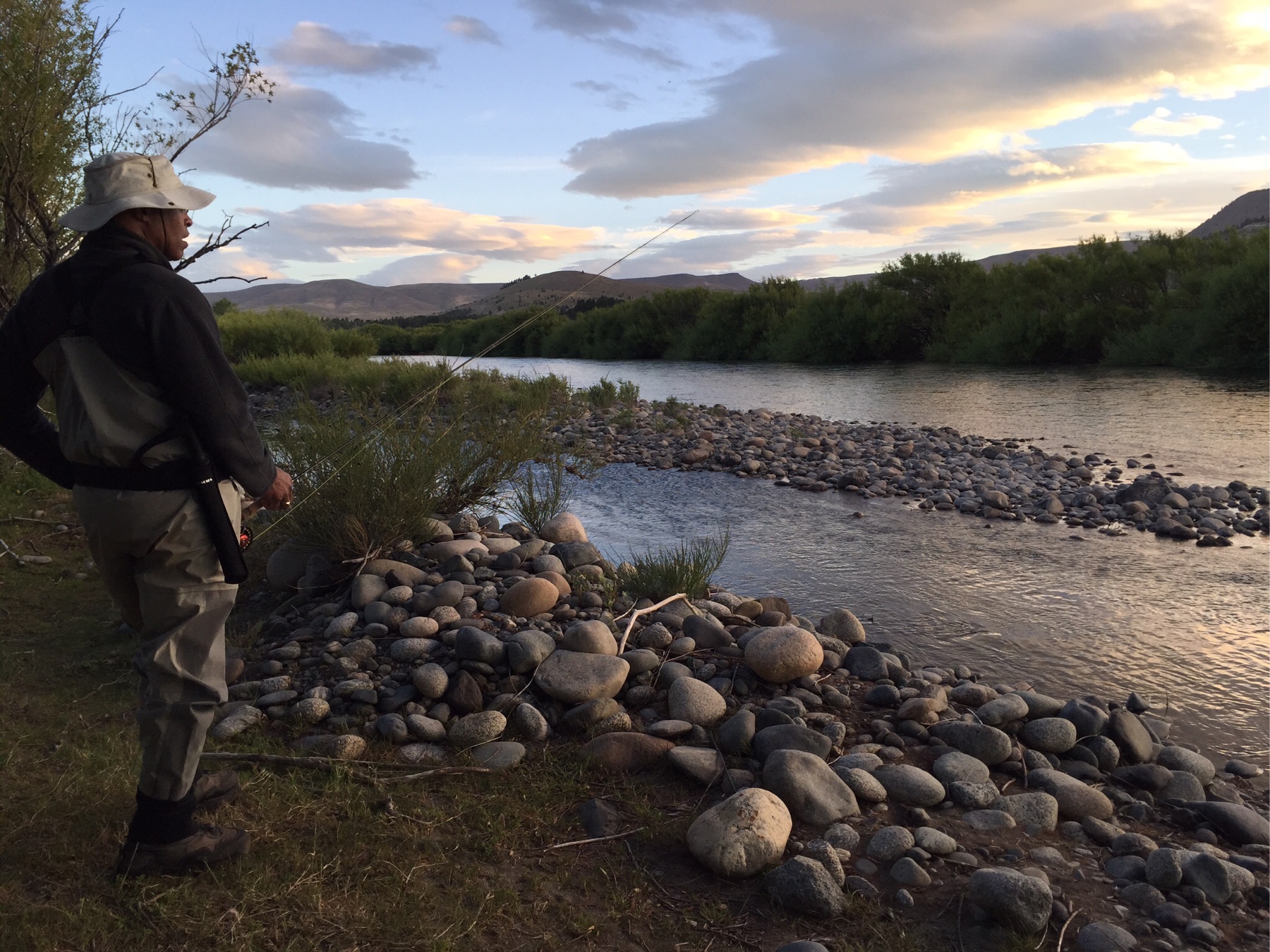woodchucker
Pattern Altitude
- Joined
- Sep 20, 2014
- Messages
- 1,840
- Display Name
Display name:
woodchucker
Another stupid question: Can an airplane pilot's logbook be used for glider flying?
Like how? For recreational reading while waiting for the tow plane? A booster seat if you can’t see over the dash? A fuel source if you land out and need to roast marshmallows?
Be specific!





